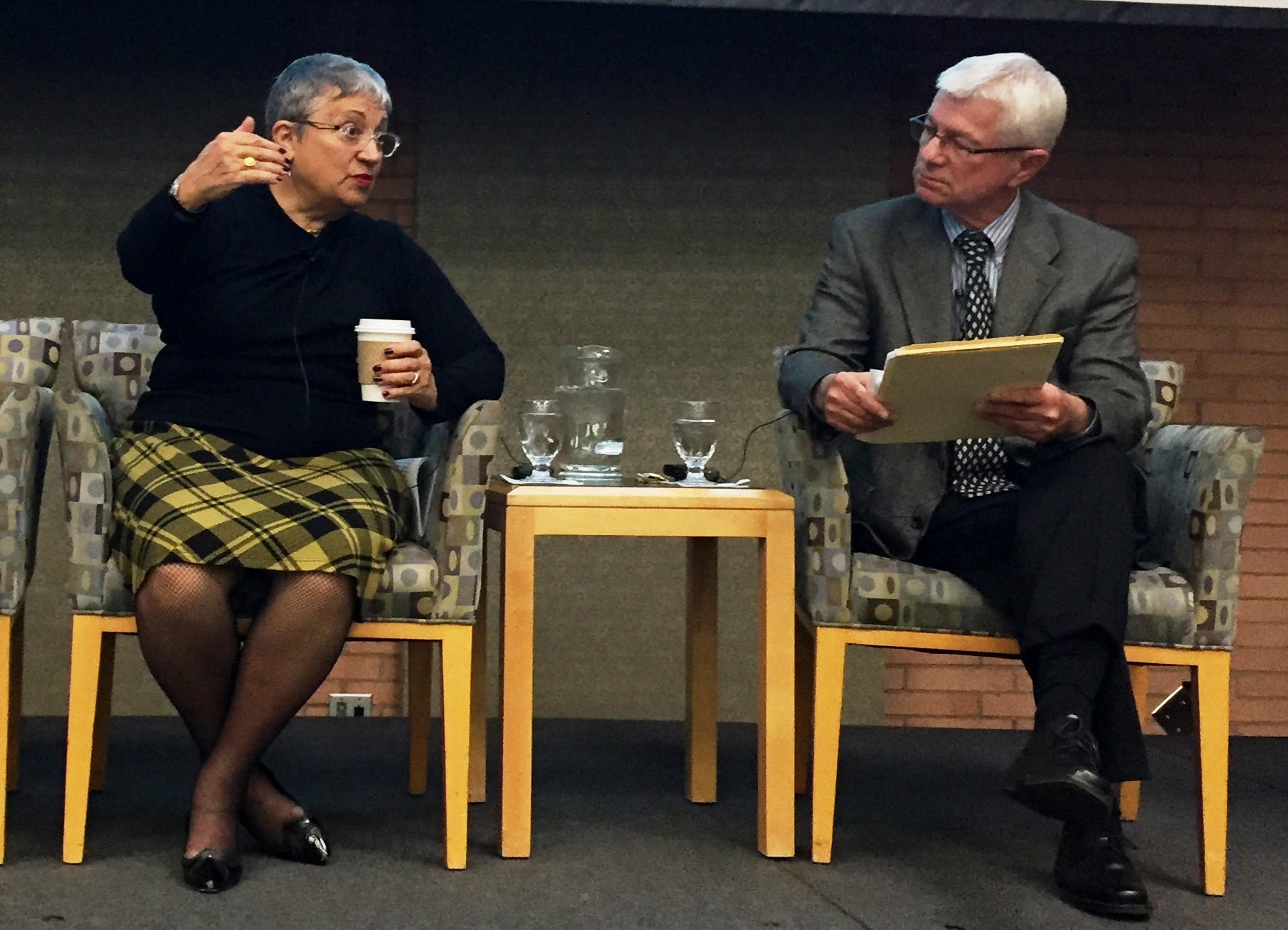On Monday November 17th, hundreds of leaders from the Los Angeles community gathered at the USC Davidson Conference Center to explore California’s path towards meeting the ambitious GHG reduction goals by 2050.
The conference also looked at the global efforts at addressing climate change and how the lessons that we have learned in both ambient air quality management and now GHG emissions in California are helping inform other regions of the world grappling with these issues.
For the Schwarzenegger Institute, whose focus on climate change is a priority, the conference was an important follow-up to our symposium held at the California EPA with Governors Schwarzenegger and Brown in September.
Opening remarks by Jonathan Parfrey, Executive Director of Climate Resolve, brilliantly set the stage for why this is the most critical issue for our generation.
Our Institute’s Academic Director and renown environmental policy expert Dr. Dan Mazmanian then led an extremely informative discussion with Chair of the California Air Resources Board, Mary Nichols, and Lauren Faber from EDF, and Denise Fairchild from Emerald Cities Collaborative. The discussion reviewed California’s success, but mostly focused on the challenge areas needed to be met to achieve 2050 goals.
Nichols offered her view that we have much more to do in the areas of urban design, and in the goods movement; she said this is a challenge other global regions are struggling with. Having just participated in “track 2” negotiations as part of the U.S. delegation in India, she was informed that while India’s railroads were once the envy of the world they are now in disrepair, and almost all their goods are moved by trucks. This is made worse by the fact that there are no emission standards for trucks.
Dr. Mazmanian turned the remainder of the discussion to the important role of cities. Fairchild said that a recent study by the American Council for Air and Energy-Efficient Economy stated that one year ago California moved from being first on the list of most energy efficient states to number two, replaced by Massachusetts, and was being pulled down by the city of Los Angeles, which ranks 28th among large U.S. cities.
Nichols agreed that without Los Angeles intensifying its efforts to reducing GHGs, California will not meet its targets. She explained that when California’s landmark climate change law passed, AB 32, it correctly included energy used, but not produced within its borders, and that meant including coal.
We can expect focus in California to intensify on cities, urban design, transportation and community wide strategies.


